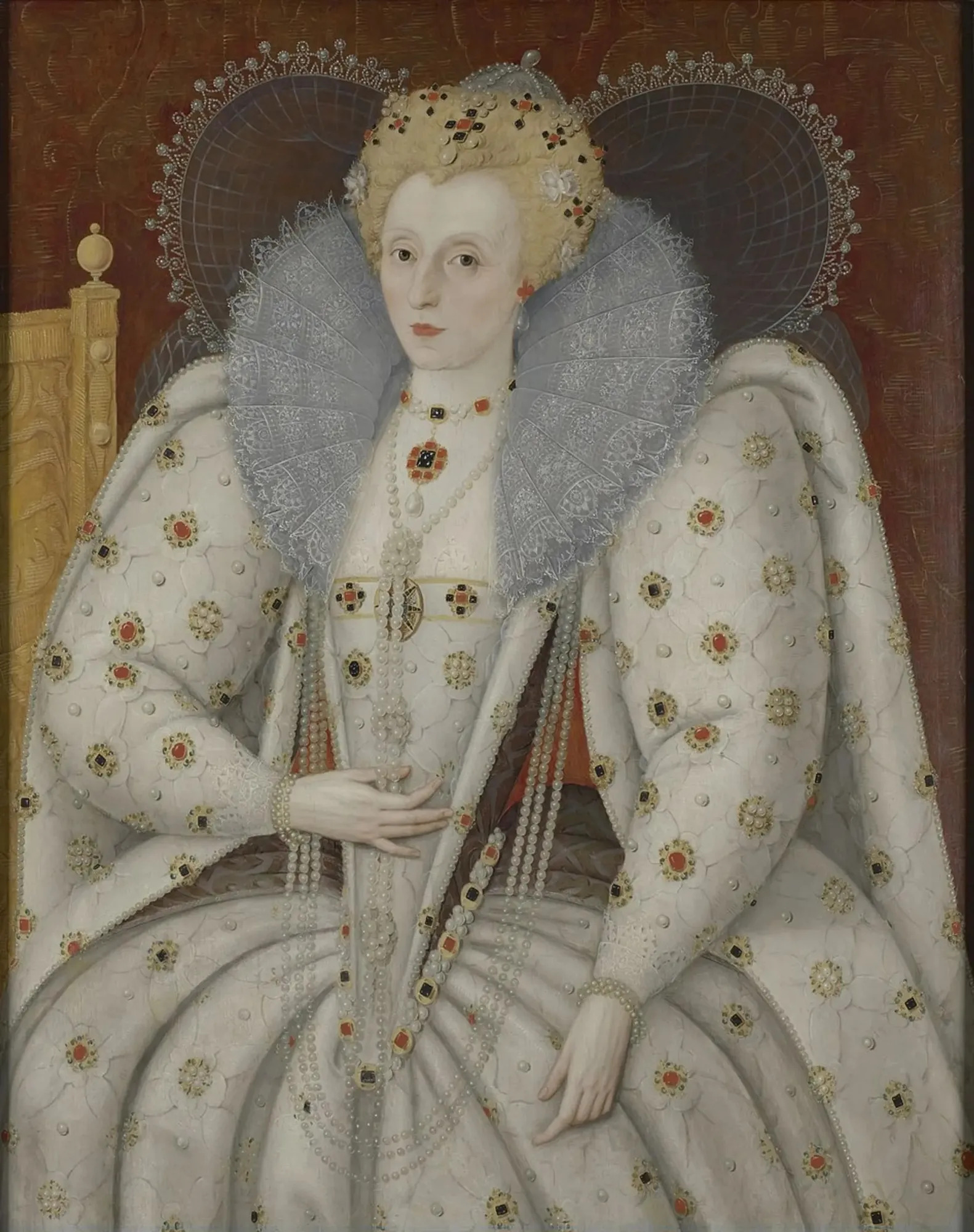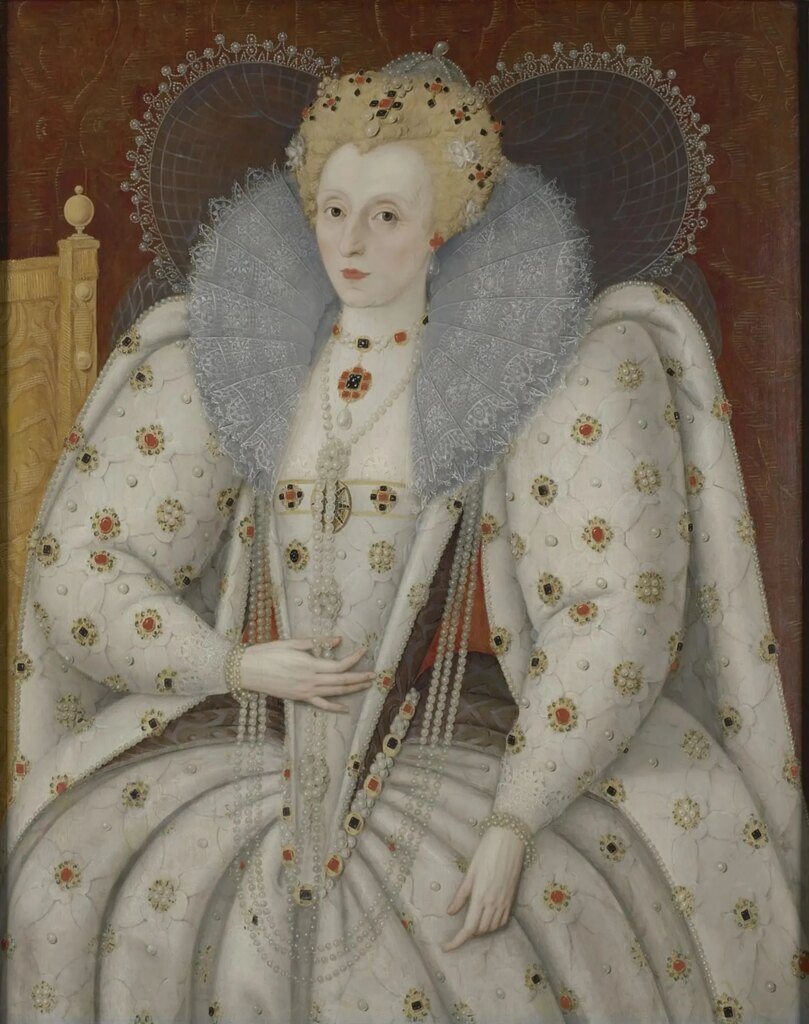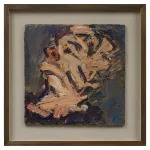
Two paintings by the Portuguese painter Paula Rego have replaced portraits of Queen Elizabeth I and Sir Walter Raleigh at 10 Downing Street, the residence of the UK Prime Minister, the Telegraph reports.
The two paintings belong to Rego’s mural Crivelli’s Garden (1990–91), and are now displayed in a room dedicated to meetings between the Prime Minister and world leaders. The portrait of the seminal Tudor monarch was painted around 1592 by Flemish artist Marcus Gheeraerts the Younger, and is known as the Ditchley Portrait, as it was painted after a grander version once in the collection of the Ditchley House in Oxfordshire.
The likeness of Raleigh, one of the most famous explorers in Elizabethan England, who was ultimately put to death by the Queen’s successor, is by an anonymous artist. The works were moved along with portraits of former UK Prime Ministers William Ewart Gladstone and Margaret Thatcher.
The redecoration has been met with some criticism in England. Robert Jenrick, former UK Minister of Immigration and a contender for Conservative leadership, told the Telegraph: “Stripping [Elizabeth I’s] portrait from Downing Street, alongside Walter Raleigh’s, seems to betray a strange dislike of our history by this Labour Government.” In a statement, Downing Street maintained that the new display was “long planned, since before the election, and timed to mark 125 years of the Government Art Collection.”
Rego, who died in 2022 at 87, tackled taboos around womanhood. She stressed the complexity of human relations, in particular the way political power is wielded to limit reproductive liberties. Her most famous series, “Abortion” (1998–99), depicted the consequencesof illicit abortions and was inspired by a narrowly defeated referendum to legalize abortion in Rego’s native Portugal. In a rare, demonstrative victory for art, the series is credited with helping sway public opinion in favor of legalized abortion in the second referendum there in 2009.
Rego’s Crivelli’s Garden, inspired by a Carlo Crivelli painting,is a monumental mural featuring famousfemale figures. Its subjects are based on images of employees of the National Gallery, located in London’s Trafalgar Square. Rego made the mural during her Associate Artist residency at the National Gallery from 1990 to 1992, when she was commissioned to make new pieces for a show at the museum.
Priyesh Mistry, the associate curator of modern and contemporary projects at the National Gallery, said in a statement at the time: “Paula Rego’s radical painting has consistently given women a voice over repression in a male-dominated society and art world. Her work remains as vital today as it was over 30 years ago when she first painted Crivelli’s Garden and continues to serve as an inspiration to new generations of artists and writers. This exhibition will be our opportunity at the National Gallery to celebrate her legacy and influence.”


